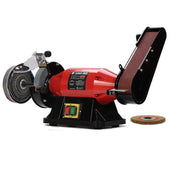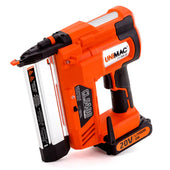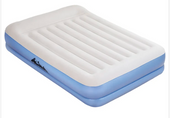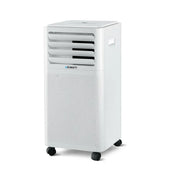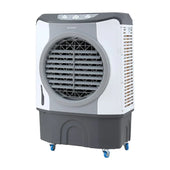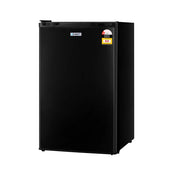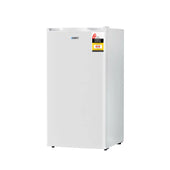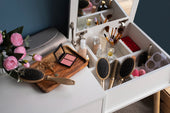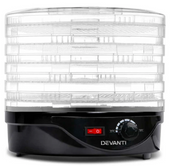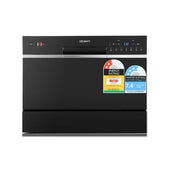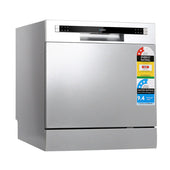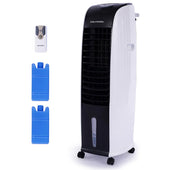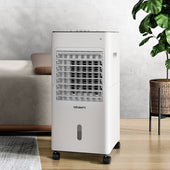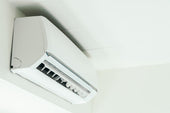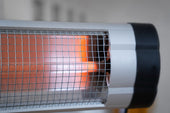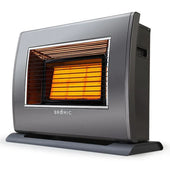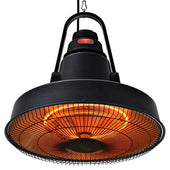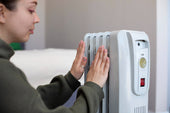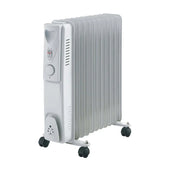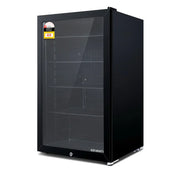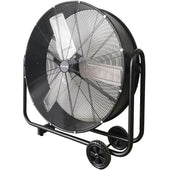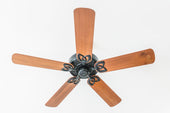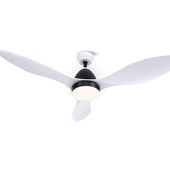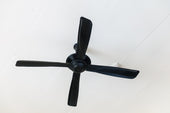Understanding Wall Types and Their Stability
The type of wall greatly influences the installation method and stability of coat racks. Identifying the wall material—drywall, plaster, brick, concrete, or wood—is crucial to ensure proper anchoring. Drywall is common but lacks natural holding strength, so anchors are often required. Plaster walls are sturdier but may crack if mishandled. Brick and concrete walls offer excellent stability but need specialised tools for drilling.
Wood walls provide a firm foundation and may not require additional anchors if screws are used. Always check for hidden pipes or wires before drilling. During days, Recognising wall types helps determine the best fasteners for optimum stability when installing coat racks.
Choosing the Right Coat Rack for Your Wall
Selecting an appropriate coat rack involves considering multiple factors to ensure functionality and wall stability. Begin by assessing the weight and type of items the coat rack will hold. Wooden racks suit light to medium loads, while metal racks are ideal for heavier coats and bags. Measure the available wall space to confirm the rack fits without obstructing walkways or other furniture.
The wall type—drywall, plaster, or masonry—determines suitable mounting methods and fasteners. Look for racks equipped with multiple hooks or versatile designs that align with your storage needs. Additionally, match the rack’s style to your décor, balancing aesthetics with practicality for optimal results.
Essential Tools and Materials for Installation
To ensure a secure and stable coat rack installation, having the right tools and materials is crucial. Assemble the following items before beginning:
Tools:
- Drill and Bits: For creating precise holes in various wall surfaces.
- Level: To ensure the coat rack is perfectly horizontal when mounted.
- Measuring Tape: For accurate spacing and alignment.
- Screwdriver: For securing screws in place.
- Stud Finder: To locate wall studs for stronger anchoring points.
- Pencil: For marking positions on the wall.
Materials:
- Coat Rack: The rack to be installed, matching the wall size and design.
- Wall Anchors: Necessary for drywall or plaster installations without studs.
- Mounting Screws: Provided with the coat rack or suitable for the wall type.
- Protective Gear: Optional gloves and safety glasses for added safety.
Preparing the Wall Surface for Installation
Before mounting coat racks, it is essential to prepare the wall surface to ensure stability and durability. Begin by identifying the wall type—drywall, plaster, or concrete—since this determines the tools and fixings required. Clean the wall thoroughly using a damp cloth to remove dust, grease, or debris that might hinder adhesion or drilling. Inspect the wall for cracks, uneven surfaces, or loose sections; repair these areas with filler or putty and let them dry completely.
Use a stud finder to locate wall studs, as attaching coat racks to these provides maximum support. Mark the studs or desired mounting points with a pencil for accuracy.
Marking the Perfect Spot for Hanging
To ensure accurate placement, begin by deciding the ideal height for the coat rack. Standard recommendations place it around 170–180 cm from the floor, depending on the average height of users. Use a measuring tape to mark this spot on the wall.
Next, consider the wall’s structural stability. Identify wall studs behind the chosen spot using a stud finder, as these provide the strongest support. If mounting on drywall without studs, ensure the installation uses wall anchors designed for heavier loads.
Finally, hold the coat rack against the wall and use a spirit level to confirm alignment. Mark the mounting holes with a pencil for precision.
Using Anchors and Fasteners for Enhanced Stability
Proper use of anchors and fasteners is critical for secure coat rack installation, especially on drywall or plaster surfaces. Anchors are designed to distribute the weight of the rack and its contents, reducing strain on the wall. Selecting the right type depends on the wall material:
- Plastic Anchors: Suitable for lightweight racks on drywall.
- Toggle Bolts: Ideal for heavier loads or when mounting on hollow walls.
- Masonry Anchors: Necessary for brick, concrete, or stone walls.
Ensure compatibility by matching the anchor size to the screws provided with the rack. Use a power drill to insert anchors and tighten screws to prevent wobbling or sagging over time.
Proper Drilling Techniques to Avoid Wall Damage
To prevent wall damage during installation, using correct drilling techniques is crucial. Begin by selecting a drill bit suitable for the wall type—masonry bits are ideal for brick or concrete, while standard bits work for drywall. Mark the drilling points with a pencil, ensuring they align with the rack's mounting brackets.
Secure the drill at a 90-degree angle to the wall and apply steady pressure without forcing the bit. Use a lower speed setting for better control, especially on delicate surfaces. Always stop drilling once the required depth is achieved. Insert anchors for added stability where necessary, ensuring they fit securely before proceeding.
Securing the Coat Rack to the Wall Safely
To ensure proper stability, the coat rack must be securely attached to the wall. Begin by identifying the type of wall surface—drywall, plaster, or solid wood—as this determines the necessary hardware. Use a stud finder to locate wall studs for maximum strength. If attaching the coat rack to drywall without a stud, install heavy-duty wall anchors designed to support the rack's weight and any hung items.
When positioning the rack, use a spirit level to ensure it is perfectly horizontal. Mark the locations for screws with a pencil. Pre-drill the holes to avoid cracking or damaging the wall. Drive screws into place firmly, making sure they are flush but not over-tightened to prevent weakening the hardware. Regularly inspect the mounted coat rack for stability over time.
Post-Installation Tips for Maximum Durability
- Regular Load Assessment: Inspect the coat rack periodically to ensure it is not overloaded. Distribute items evenly to prevent unnecessary strain on the fasteners and wall.
- Choose Appropriate Items: Avoid hanging excessively heavy items such as filled backpacks if the rack is not designed for such weight.
- Tighten Screws When Needed: Screws may loosen over time due to regular use. Regularly check and tighten them with a screwdriver to ensure stability remains uncompromised.
- Dust-Free Maintenance: Clean the coat rack and surrounding wall area with a microfiber cloth to prevent dust buildup, which could make the rack components wear out faster.
- Anchor Inspection: For racks mounted with anchors, look for signs of the wall pulling away. Replace or reinforce anchors if any damage is observed.
Troubleshooting Common Installation Issues
When installing coat racks, several issues may hinder wall stability. Lack of wall studs is a frequent problem. To address this, anchors suitable for drywall should be used to secure screws effectively. Misalignment of drill holes can compromise stability; marking positions with a level ensures proper alignment. If screws loosen over time, confirming their fixation and tightening them periodically is essential. Walls made from plaster or masonry may require specialised anchors or drill bits to avoid damage. For uneven surfaces, brackets with adjustable components can level the coat rack. Testing weight capacity pre-installation avoids stressing weak points and ensures durability.
Maintenance Tips to Ensure Long-term Stability
To maintain the stability of coat racks and prevent wear over time, regular checks and simple upkeep steps are essential.
- Inspect the Mounting Hardware: Examine screws, wall anchors, and brackets periodically for signs of loosening or rust. Tighten them if needed.
- Avoid Overloading: Prevent strain by adhering to the coat rack’s weight limit. Overloading may compromise stability and damage the mounting points.
- Clean Surfaces Gently: Dust and clean both the rack and the surrounding wall using non-abrasive cloths to avoid wear on finishes.
- Check Wall Integrity: Look for cracks or damage near the mounting points. Repair weakened walls promptly to prevent accidents.
- Reapply Reinforcements If Needed: Re-tighten or replace worn brackets or anchors to ensure the rack stays firmly in place over time.
Avoiding Common Mistakes When Installing Coat Racks
Mistakes during coat rack installation can compromise wall stability and functionality. It is essential to choose the right placement to avoid drilling into weak areas, like hollow drywall without reinforcement. Incorrect selection of wall anchors is another common error; not all anchors are suitable for varying wall types, such as plaster or masonry.
Failure to use a level tool can result in a crooked installation, detracting from the rack's visual appeal and practicality. Overloading the rack beyond its weight capacity can weaken its mounting or cause it to fall. Double-checking measurements and securing screws properly prevents loose fittings. Always test your installation before regular use.


